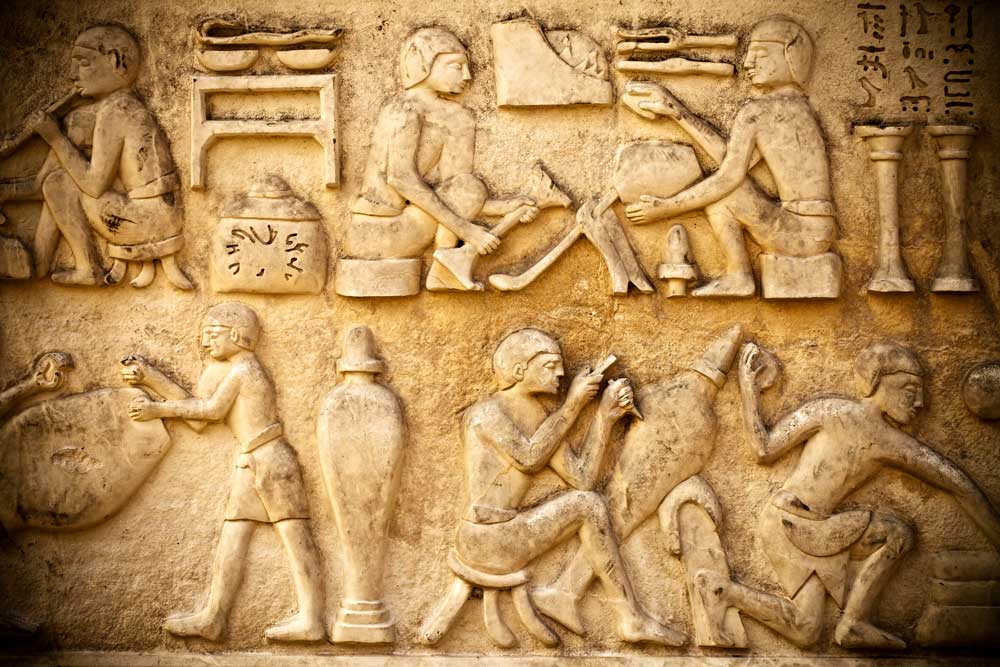Introduction
This essay examines the activities and goals of two extremist political groups in Finland during the 1930s—the Patriotic People’s Movement (Isänmaallinen Kansanliike, IKL) and the Finnish Communist Party (Suomen Kommunistinen Puolue, SKP)—both of which sought to undermine the democratic system of the young Finnish republic. By exploring their ideologies, methods, and impacts, the essay evaluates why, despite these challenges, democracy survived in Finland. The 1930s were a turbulent period in Europe, marked by the rise of authoritarian regimes and ideological polarisation, making Finland’s democratic resilience particularly noteworthy. This analysis draws on historical accounts to outline the groups’ actions and contextualises their failures within Finland’s socio-political landscape.
The Patriotic People’s Movement (IKL): Aims and Actions
The IKL, founded in 1932 as a successor to the banned Lapua Movement, was a far-right nationalist organisation inspired by fascist ideologies, particularly those of Mussolini’s Italy. Its primary goal was to establish an authoritarian, corporatist state in Finland, rejecting parliamentary democracy in favour of a centralised, nationalist regime (Alapuro, 1988). The IKL opposed communism vehemently and sought to suppress leftist movements, often through intimidation and violence. They organised rallies, published propaganda, and attempted to influence public opinion against democratic institutions, portraying them as weak and incapable of addressing Finland’s economic and social challenges during the Great Depression.
A notable activity was their push for the suppression of communist and socialist groups, including advocating for censorship and anti-communist legislation. While they gained some parliamentary representation—securing 14 seats in the 1936 election—their influence remained limited due to widespread public suspicion of their extremist rhetoric (Upton, 1980). Their aggressive stance alienated moderate conservatives, who preferred democratic governance over authoritarianism, thus restricting the IKL’s broader appeal.
The Finnish Communist Party (SKP): Objectives and Strategies
In contrast, the SKP, established in 1918 and operating underground after being banned in 1930, aimed to overthrow Finland’s capitalist democratic system and establish a socialist state aligned with Soviet interests (Hodgson, 1967). Influenced by Marxist-Leninist ideology, the SKP sought to mobilise the working class through subversive means, including strikes, propaganda, and clandestine networks. Their ultimate goal was a classless society, which they believed could only be achieved by dismantling the existing democratic order.
Despite being outlawed, the SKP maintained influence among industrial workers and leftist intellectuals, often operating through front organisations. Their activities, however, were constrained by government crackdowns, including arrests and censorship. Furthermore, their alignment with the Soviet Union alienated many Finns, especially given historical tensions following the Finnish Civil War of 1918 (Upton, 1980). This limited their ability to pose a serious threat to the democratic system.
Why Democracy Survived in Finland
Despite the challenges posed by the IKL and SKP, Finnish democracy endured in the 1930s for several reasons. Firstly, the country had a relatively strong democratic tradition, established after gaining independence in 1917, which fostered widespread public support for parliamentary governance. Secondly, moderate political forces, including the Social Democrats and Agrarian Party, successfully countered extremist narratives by addressing social grievances through reform rather than revolution or repression (Alapuro, 1988). Additionally, the state’s legal measures—such as banning the SKP and curbing IKL activities—limited the operational capacity of both groups without undermining democratic principles excessively.
Moreover, Finland’s unique geopolitical position, balancing between Soviet influence and Western democratic ideals, arguably encouraged pragmatic governance over ideological extremism. The economic recovery in the late 1930s also reduced the social unrest that both groups exploited, further weakening their appeal. Indeed, while polarisation existed, it lacked the depth seen in countries like Germany or Spain, where democracies collapsed under similar pressures.
Conclusion
In summary, both the IKL and SKP posed significant challenges to Finnish democracy in the 1930s through their anti-democratic goals and subversive activities. The IKL sought an authoritarian nationalist state, while the SKP aimed for a socialist revolution, yet neither succeeded in destabilising the democratic order. Finland’s survival as a democracy can be attributed to a combination of strong institutional foundations, effective moderate politics, and timely state interventions. This case highlights the resilience of democratic systems when supported by broad public consensus and adaptive governance, offering valuable insights into the conditions under which democracies can withstand extremist threats.
References
- Alapuro, R. (1988) State and Revolution in Finland. University of California Press.
- Hodgson, J. H. (1967) Communism in Finland: A History and Interpretation. Princeton University Press.
- Upton, A. F. (1980) The Finnish Revolution, 1917-1918. University of Minnesota Press.


